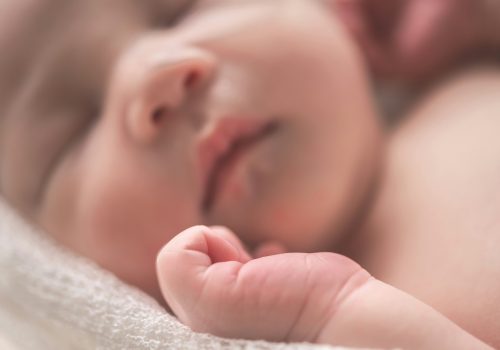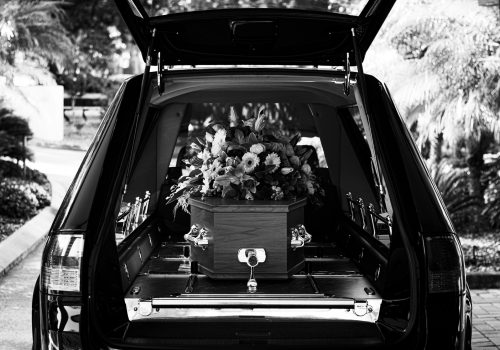American researchers have managed to restore a transplant of dysfunctional human lungs by supplying them with living pig blood.
Like many other transplant operations, lung transplantation is no exception to the shortage of organs. The process is made more difficult by the fact that once an individual dies, their lungs begin to deteriorate due to oxygen starvation and remain viable only 6 to 8 hours after death. Eighty percent of the lungs offered for transplantation are thus unsuitable for transplantation because damaged, swollen or soggy with fluid.
A discovery by researchers at Columbia University and Vanderbilt University in the United States, published in the journal Nature Medicine, could extend the life of explanted lungs up to 4 days after death and keep them functional.
A restoration of lung function within 24 hours
Working for eight years on a system for restoring damaged lungs, the research team had already succeeded, in 2017, in restoring the transverse circulation of lungs outside the body and, in 2019, in regenerating severely damaged pig lungs.
For this new trial, the researchers removed six lungs unfit for transplantation from deceased patients. Each lung was placed in a plastic box connected to an artificial respirator. Then, each lung was connected to a large vein from the neck of a live pig. Immunosuppressants were then added to the circulatory system consisting of the pig and the human lung.
After 24 hours of cross-circulation, the lungs were transformed: the lung cells were again able to supply oxygen.
“The results look like science fiction: in 24 hours, the lungs seemed usable and laboratory tests confirmed that they had been revived,” write the study’s authors in Nature Medicine.
Technology to refine
While more research is needed before this cross-circulation becomes clinical reality, these early results are particularly encouraging and could significantly increase the number of viable lungs for transplantation.
“As a surgeon specializing in lung transplants, I have seen many patients not receiving the lung transplants they so desperately need. I find this work intriguing and I hope this technology will make more donor lungs available,” said Zachary Kon, director of the lung transplant program at NYU Langone Health, who was not involved in the study.
The results are all the more optimistic that the procedure does not seem to have any harmful effects on the pigs which were anesthetized. In a previous experiment, animals could even move around and eat while connected to the bloodstream.
The objective being, ultimately, that this transverse circulation is intra-human: a donor would then be able to restore with his own blood supply his dysfunctional lung.
Steven Peck
Working as an editor for the Scientific Origin, Steven is a meticulous professional who strives for excellence and user satisfaction. He is highly passionate about technology, having himself gained a bachelor's degree from the University of South Florida in Information Technology. He covers a wide range of subjects for our magazine.








